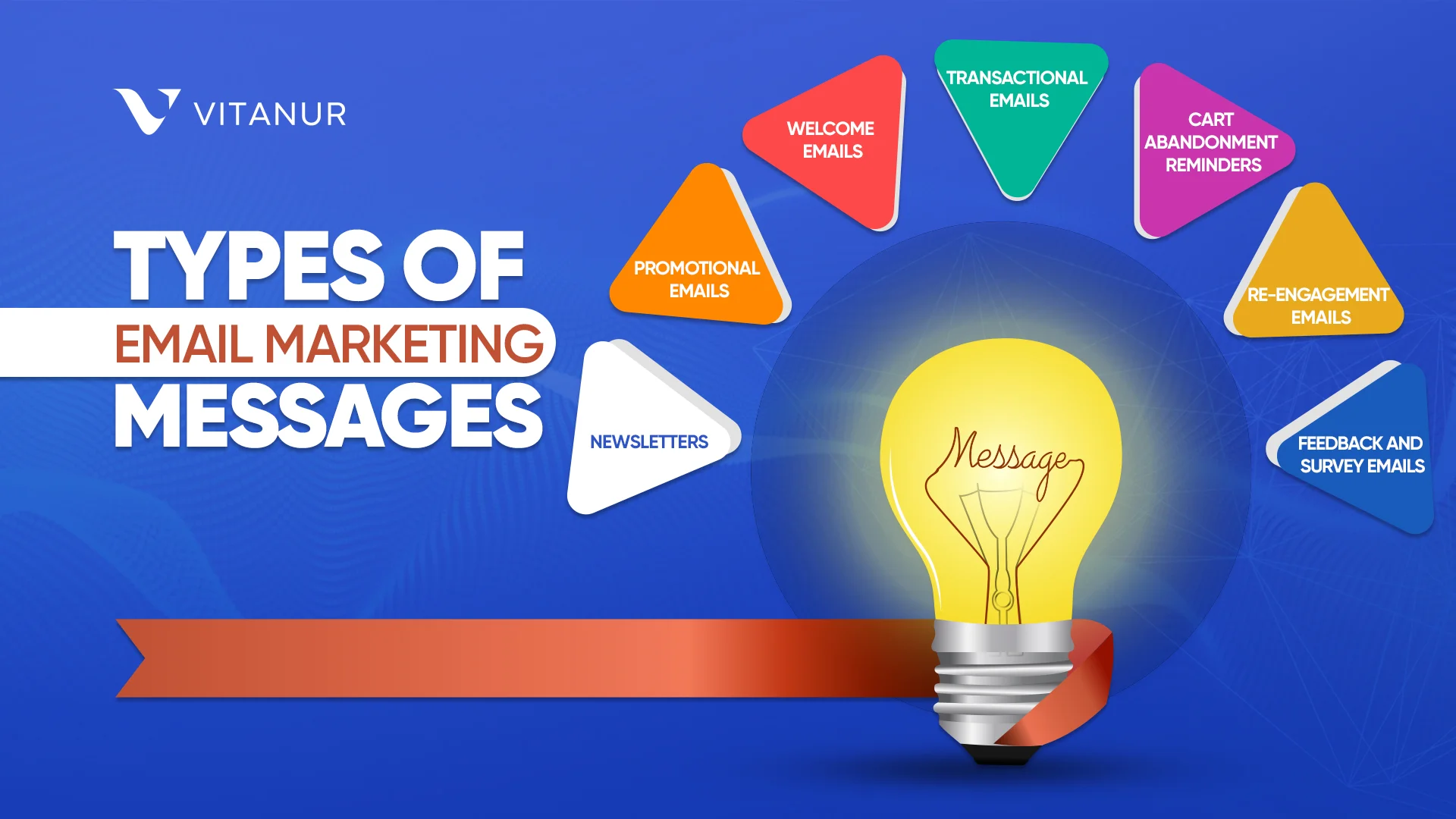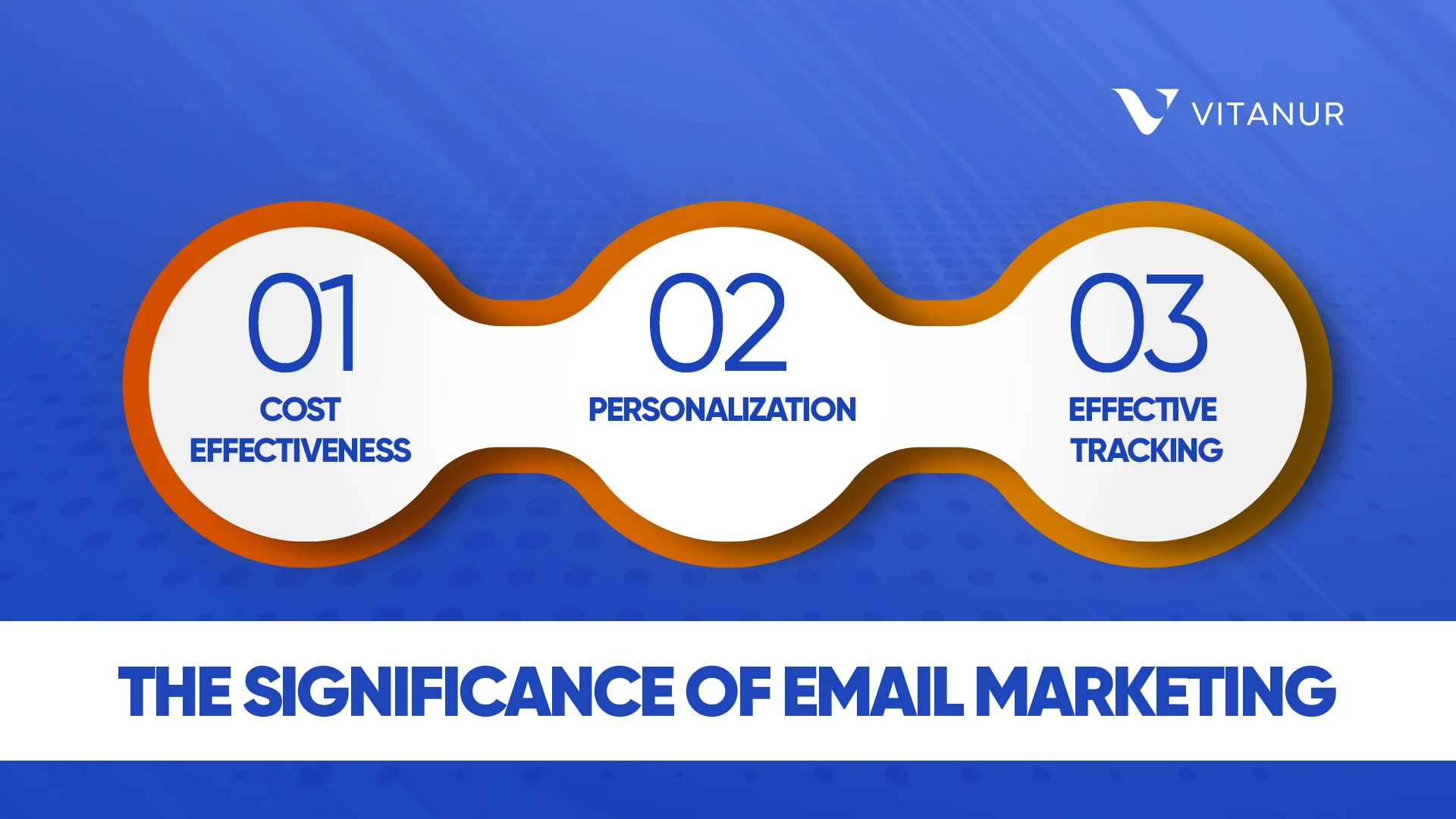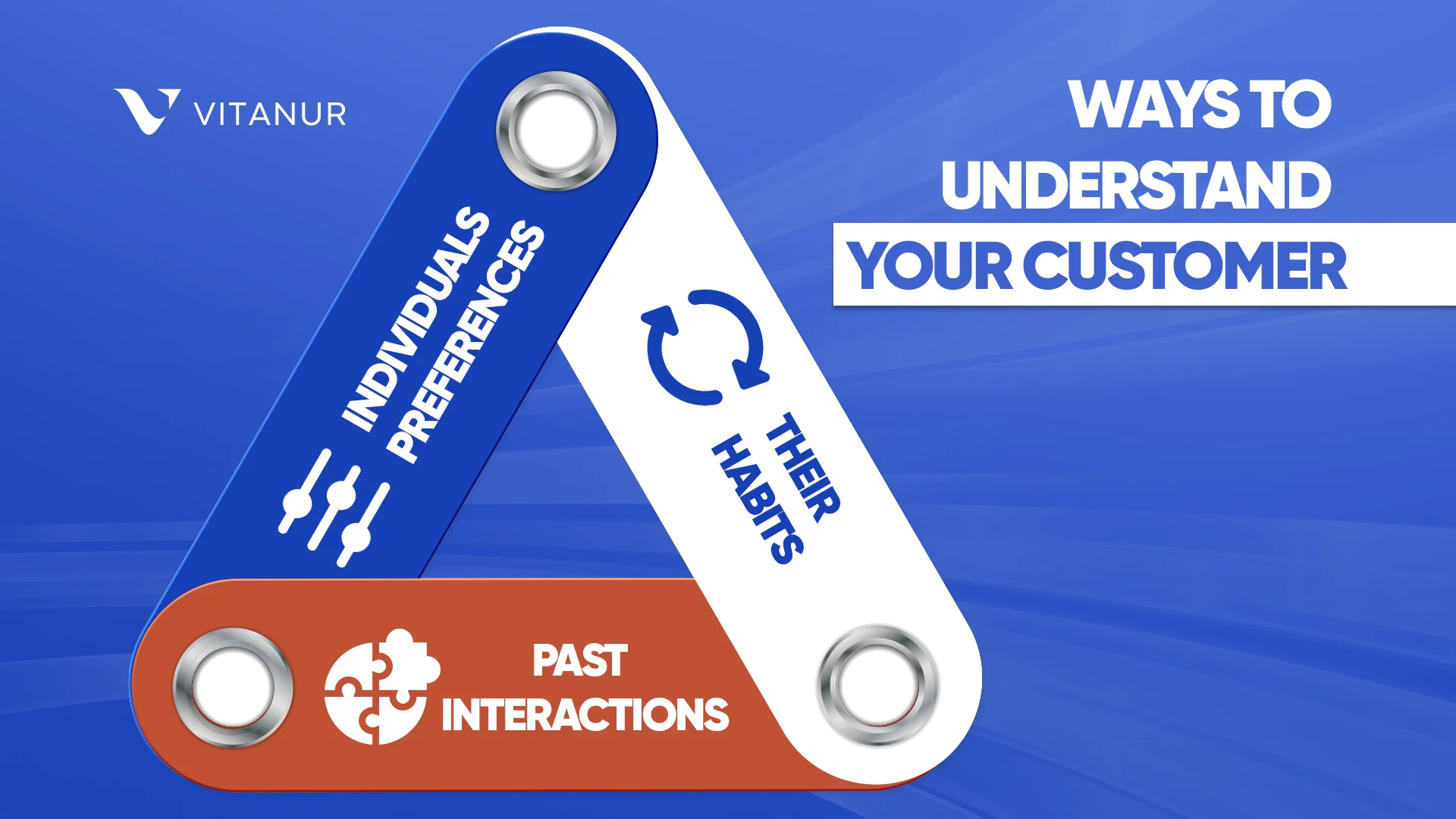What Is Email Marketing and Why Is It Important?
In the digital landscape of 2023, "What Is Email Marketing?" becomes a fundamental query. Email marketing firmly holds its ground as an essential strategy for businesses. This method, far from being merely about sending out emails, boasts an impressive financial return, generating $39 for each dollar invested. This attractive ROI might explain why a significant 73% of companies are actively incorporating email into their outreach strategies this year.
But what makes email marketing resonate so widely? Its beauty lies in its versatility. Regardless of size or sector, from small startups bursting with innovation to expansive global corporations with vast resources, email serves as a trusted ally. Its affordability ensures that even businesses with modest budgets can engage their audience effectively, and its scalable nature means that as a company grows, its email strategy can adapt in tandem.
While many view emails as routine communication tools, those with insight see them as powerful connectors. Emails bridge the gap between businesses and their customer base, fostering lasting relationships. They can be tailored to introduce new products, highlight exclusive offers, or simply keep the brand fresh in the customer's mind.
In this guide, we'll unpack the myriad facets of email marketing. From its foundational principles to the secrets of its success, by the end, readers will be better poised to harness its full potential, ensuring their business stays ahead of the curve in 2023.
What Is Email Marketing?
In simpler terms, email marketing has grown into a powerful tool for businesses. It's not just about sending out random emails anymore. For smaller businesses and new startups, it's a budget-friendly way to talk to their customers and make more sales. With the new technology and software we have, businesses send emails that are more personal and targeted to what their customers like or need.
Emails have also become smarter. Instead of sending the same message to everyone, businesses now have a chance to send different emails to different people based on what they might be interested in. This could be anything from a reminder to check out items left in an online shopping cart to special offers on new products.
Types of Email Marketing Messages

Continuing our exploration of email marketing, it's essential to dive into the various types of email marketing messages that businesses can utilize. Understanding these types help a company better tailor their communication strategy, ensuring they're sending the right messages at the right time to the right people.
- Newsletters: Regular updates about the company, upcoming events, or new content.
- Promotional Emails: Highlighting offers, deals, or new products.
- Welcome Emails: Sent when someone joins your newsletter or registers on your site, introducing them to your brand.
- Transactional Emails: Triggered by user actions, like purchase confirmations or password resets.
- Cart Abandonment Reminders: For online stores, these nudge customers to complete their purchases.
- Re-engagement Emails: Aimed at rekindling interest among inactive subscribers.
- Feedback and Survey Emails: Asking customers for their opinions or experiences.
By incorporating a mix of these email types, you can create a dynamic and responsive email marketing strategy.
The Significance of Email Marketing
As the digital landscape continues to evolve, email marketing consistently stands out as a resilient and effective means of communication. But why is it so significant?

The Role of Email Marketing for Businesses:
At its core, email marketing is more than just another tool in your arsenal, it's a direct line that connects you and your business to your target audience. Amidst a multitude of marketing channels, emails offer you a unique opportunity. They ensure that your messages don't just become another blip in the daily influx of information. Whether you are running a budding startup or steering a well-established brand, emails give you a platform to send tailored content straight to someone's inbox. Plus, with today's technology, you can segment your recipients, ensuring that the right messages reach the right individuals, enhancing engagement and boosting conversions.
Enhancing Customer Loyalty with Email Marketing
While the immediate goal of many marketing endeavors might be conversion, email marketing offers a deeper, more enduring promise: the cultivation of lasting customer loyalty. At the heart of this loyalty is the sense of personal connection and acknowledgment. By harnessing the capabilities of email marketing to send tailored content—content that reflects an understanding of individual user preferences, habits, and past interactions—you create an environment where customers feel genuinely seen and valued. An email is not just about generic promotions, this is about sending that exclusive discount on items they've shown interest in or remembering to send warm birthday wishes.

Such gestures, while seemingly simple, accumulate over time. They slowly transform a transactional relationship into a bond of trust. This shift changes the narrative from you merely trying to sell products to you and your customer collaborating for mutual satisfaction. Over time, this collaborative approach doesn't just yield occasional purchases but helps in building a robust community of loyal customers. This community not only regularly trusts and buys from your brand but also becomes its enthusiastic advocates, further solidifying the importance of email in building and nurturing lasting relationships.
Advantages of Email Marketing (Pros)
Building on our exploration of fostering customer loyalty through email marketing, it's essential to highlight the numerous advantages email marketing brings to the table. In today's competitive digital ecosystem, it's not enough just to communicate, businesses must do so efficiently, effectively, and with measurable results. Email marketing emerges as a powerhouse in this context, offering several distinct benefits.
Cost Effectiveness: Low Costs, High Returns
One of the primary attractions of email marketing is its cost-effectiveness. Unlike many other forms of advertising that require significant investments upfront, email marketing offers a more budget-friendly alternative. With minimal costs associated with sending emails, especially when dealing with large lists, the potential for ROI is substantial. For instance, automating email campaigns means your businesses can reach thousands, if not millions, of potential customers without the cost scaling in the same proportion. When executed correctly, this low-cost method will yield impressive returns, making it a favorite among businesses, big and small.
Personalization: Tailoring Messages to Your Audience
Another specific benefit of email marketing is its exceptional capability for personalization, especially in today's digital era where consumers are constantly swamped with generic advertisements. The power of personalized emails becomes evident in several key areas:
- Data Utilization: Businesses have a treasure trove of data at their fingertips. From browsing habits to purchase history, every interaction offers invaluable insights. This rich data allows emails to be crafted that mirror user behaviors and preferences.
- Targeted Promotions: Using the insights gained, you can send pinpointed offers. Imagine a customer looking at winter boots but not making a purchase, a well-timed email with a special discount on bots could be the nudge they need.
- Resonant Content: Beyond just selling, personalization paves the way for content that resonates. For the sustainability-conscious consumer, an email detailing your brand's eco-friendly practices can make a difference. For loyal customers, exclusive early access to a new product can deepen the bond.
- Enhanced Engagement: Tailored emails aren't just another message in the inbox, they hold value. When recipients feel that an email speaks directly to their interests and needs, they're more likely to engage, leading to better open rates, more clicks, and ultimately, increased sales.
In essence, personalized emails transition from mere marketing messages to valuable content tailored for the individual. This shift not only drives conversions but also fosters a deeper, more trusting relationship between the brand and its customers.
Effective Tracking and Analytics: Measuring and Improving Results
Lastly, but by no means least, is the advantage of analytics. Digital marketing's beauty is in its measurability, and email marketing is no exception. Modern email marketing tools like Mailchimp, HubSpot, and Breve offer comprehensive analytics, from open rates and click-through rates to more advanced metrics like user engagement over time or the effectiveness of specific call-to-action buttons. Platforms such as Constant Contact and GetResponse provide additional layers of data visualization and segmentation insights. This treasure trove of data allows businesses to continually refine and optimize their strategies. By leveraging insights from tools like these and understanding what works and what doesn't, businesses can make data-driven decisions, ensuring their email campaigns are always improving and resonating more deeply with their audience.
Key Metrics in Email Marketing
Diving deeper into the world of email marketing, it's vital to understand the key metrics that determine the success or areas of improvement for your campaigns. Just like any other strategy, email marketing thrives on measurable outcomes. These metrics provide actionable insights, allowing you to tweak and refine your strategies for better engagement and conversions. What are these metrics?
What Is Open Rate, and Why Is It Essential?
The open rate, in email marketing, stands as a foundational metric. It offers a direct insight into the percentage of recipients who have clicked on and viewed your email. When this rate seems lower than anticipated, it can be a clear indicator that certain elements need tweaking. Perhaps your subject lines aren't catchy enough or don't convey the urgency and value of the content inside. It could also hint at the timing of your emails not aligning with when your audience typically checks their inbox.

How can we boost open rates?
- Firstly, to enhance your open rates, one effective approach is A/B testing on subject lines. This way provides insights into the type of headlines that click with your audience.
- Timing is another critical factor. Observing and adjusting to the times your recipients are most active can make a significant difference.
- Additionally, the name that appears in the "from" field plays a role in open rates. If it's not recognizable or seems untrustworthy, users might skip over the email or label it as spam. Ensuring consistency and clarity in the sender’s name can help your emails stand out and get the attention they deserve.
Calculating and Enhancing Click-Through Rate (CTR)
After you've managed to get your emails opened, the next vital metric to gauge their effectiveness is the Click-Through Rate, commonly known as CTR. This metric gives you the percentage of recipients who took the next step and clicked on one or more links in your email. To put it simply, CTR is calculated as:
CTR = (Number of Emails Delivered) × 100
Number of Clicks)
A commendable CTR points towards engaging content and a well-placed, enticing call-to-action (CTA) that prompts the user to explore further.
Boosting the CTR isn't just about catchy headlines, it's about making the entire email relevant and engaging. Your content should speak to your audience's interests and address their needs. A clear and compelling CTA nudges readers towards action, whether it's reading a blog or grabbing a discount. Also, always ensure the links in your emails take the user to a relevant page that delivers on the email's promise, enhancing their overall experience.
Measuring Conversion Rate and Strategies for Improvement
While CTR indicates interest, the conversion rate shows action. It represents the percentage of email recipients who take the desired action, be it making a purchase, signing up for a webinar, or any other goal you set for the campaign. If you find your conversion rates are lower than you'd like, it might be time to reassess the landing pages your emails are directing to. Ensure they're optimized for conversions - clear CTAs, user-friendly design, and concise content that matches the promise of the email can all significantly boost your conversion rates.
Simply put, if you want your email marketing to work well, you need to pay attention to these numbers. By doing this, you're making sure your emails not only reach people but also make them want to take action. It's like having a roadmap instead of just guessing your way around.
The Future of Email Marketing
Building on what we have discussed, it is clear that email marketing is not a static field, it evolves with the times. As we move forward, it's exciting to see where these changes are heading and how they can benefit your marketing strategies.
Email Marketing Trends and Changing Dynamics
One thing that never changes about email marketing is its constant evolution. Today's best practices might be tomorrow's outdated tactics. So, what's on the horizon for email marketing?
- First, there's a strong shift towards hyper-personalization. This means that instead of sending the same email to your entire list, tools and data analytics will allow us to tailor content to each user's behaviors and preferences even more closely.
- Also, interactive emails are gaining traction. Think of emails where users can shop, book, or explore without ever leaving the email itself. This enhanced user experience is expected to boost engagement rates significantly.
Machine Learning and Email Marketing
How do we make emails so personalized and interactive? The answer lies in Machine Learning. This advanced technology processes vast amounts of data swiftly, determining the email content that will grab the interest of different individuals. Instead of a generic email, you might open your inbox to find a message that feels like it's been tailor-made just for you.
This pinpoint accuracy is because machine learning is always enhancing its grasp of each person's preferences, making emails increasingly relevant. And there's more to it. Machine learning doesn't just stop at the present, it looks ahead, predicting future trends. This foresight allows businesses to align their strategies with upcoming customer interests, ensuring they're always a step ahead in catering to user needs.
The Importance and Potential of Email Marketing
Email marketing feels like those cozy evening chats with a close friend - always direct, incredibly personal, and crafted just for your ears. It's the bridge businesses use to reach out to you, to whisper about the latest offer or shout excitedly about a new launch, all in the hope of sharing something you'd find delightful. It's akin to receiving a personal invitation in a world full of generic flyers.
Ever wondered why, among the daily flood of emails, some just catch your eye? Beyond the expected notifications and regular offers, there's occasionally an email that seems unique. More than its intriguing subject line or who it's from, the email feels crafted especially for you. This distinction is what sets apart great email marketing. Rather than feeling like a run-of-the-mill promotion, it reads as if it's a personal note or an invitation meant specifically for you. This sense of connection and the relevance of its content is what draws us in, encouraging us to engage further.
But, making these conversations meaningful isn't easy. It needs some smart thinking and a personal touch. That's where you will need the experts' assistance. Vitanur's digital marketing service is like that friend who knows just what to say. They help businesses send emails that you'll want to open, read, and even act on.




Write a comment
Your email address will not be published. Required fields are marked *